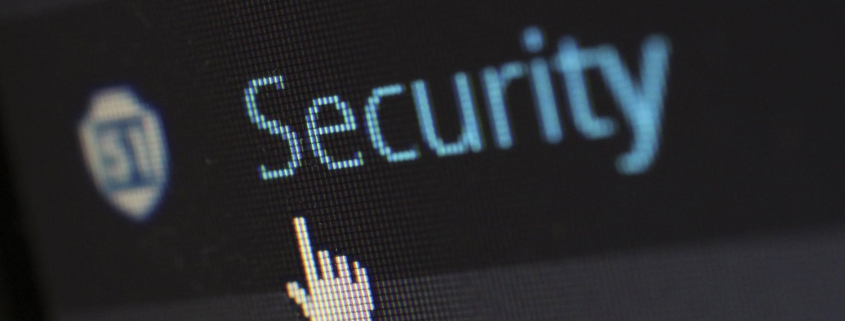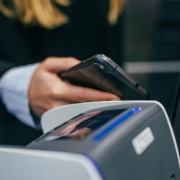The Top 3 Trends Impacting Cybersecurity Right Now
By 2021, Cybersecurity Ventures estimated that the cost of cybercrime damages would be $6 trillion, an increase from $3 trillion in 2015’s forecast.
Huge companies aren’t the only ones at stake here. In Verizon’s 2019 Data Breach Investigations Report, they revealed that 43% of the cyber threats involved small businesses. The worst part? Cyberattacks continue to flourish, and according to the insurance provider Hiscox, businesses would roughly need $200,000 to combat it. In this blog post, we will discuss the top 4 trends impacting cybersecurity in 2020.
Mobile Malware
- According to ZDnet.com, mobile malware was the most common threat last year. This is not a surprise, knowing that mobile users are continuing to rise. In fact, Statista predicts that there will be around 3.5 billion smartphone users worldwide by 2020. With these numbers expected to continually increase, malware attack would be a growing problem for many.
- One of the popular types would be banking malware. Hackers everywhere are developing apps that would pretend as the real deal when, in fact, these aren’t legitimate apps.
- In 2015, there were already over 1.6 million malicious installations designed to creep in mobile devices and collecting personal data such as bank information, password, and other login details.
- Kaspersky Lab found a wide array of 30,000 banking-based malware, which were targeting 312,235 users. Mobile malware grew in numbers and, likewise, grew in landscape. You see, in 2018, banking trojan malwares were only part of the 1.85% of all the mobile attacks. However, as earlier as the first quarter of 2019, banking malware was already the culprit of 3.24% mobile threats.
- Not only that, Kaspersky Lab also found out that Asacub, a specific malware that affects 58.4% of all banking attacks, was trying to infiltrate the mobile devices of 8,200 users each day. That’s just in 2019 alone!
Security in Cloud Computing
- Everyone is moving to cloud computing. Many businesses opted to migrate to an online store instead of maintaining a brick and mortar store. Perhaps, they would want to tap a different demographic, or they simply want to start anew. However, businesses on the cloud are susceptible to data breaches.
- Without understanding the solutions of these cloud computing tools, businesses could be vulnerable to threats. Big-time players in the business world – the popular streaming service Netflix, and the American multinational automaker Ford Motor Company – were not safe from such large-scale threats. A cloud backup provider hired by these companies exposed their data storage repository out in the open.
The Use of Automated Tools
- As technologies continue to evolve, it’s not only the businesses that adapt. Attackers cope with it too! Cybercriminals are also keeping up with the changing times through the use of automated tools. With such tools, it’s easy to evade security measures and manage to steal.
- In 2019, the Sophos MTR Team has uncovered that the cybercriminals have been automating their attacks in order to stealthily gain initial access. Once they have officially compromised the environment, they will shift to using traditional methods in order to identify crucial information such as the data vault, the backup servers, and other relevant files.
- They continue to survey the environment until such a time that the attackers, eventually, mimic the style and behavior of the legitimate administrator. Businesses would not even notice such suspicious activity because it seems part of the normal and everyday routine.











Trackbacks & Pingbacks
[…] another post, I focused on The Top 3 Trends Impacting Cybersecurity Right Now. But today, I want to specifically discuss AI. Whether you like it or not, artificial […]
Leave a Reply
Want to join the discussion?Feel free to contribute!